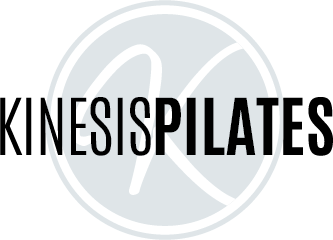We train our muscles. Through progressive challenges, the tissues respond and get stronger. The same is true with our skin.
If you want your skin to perform well in response to sun, you’ll have to train it. Just like you can’t sit on a couch all year and then go run a marathon, you can’t stay inside all year and expect your skin to do well on that summer beach vacation.
A two-hour hike at 8500 feet at midday with a hat but no sunglasses nor sunblock… and no burn!
If you want to reap the health benefits of the sun and wean yourself off of sunscreen, here are the steps for training:
1. No more sunglasses. They send a mixed message to your body. They block the light, telling your brain that it isn’t that bright and then it doesn’t properly prepare your skin for the actual light it’s receiving.
2. Set your circadian rhythms. A great way to support your circadian rhythm is to make unblocked sunlight the first light you see in the morning. Wake up at the same time every day and either sit by an open window (glass blocks some of the sun’s spectrum) or go outside for at least 5 minutes.
3. Be outside during UVA Rise. Spend 20+ minutes outside when the sun is 10-30 degrees above the horizon. This is when UVA can penetrate the atmosphere and is often called UVA Rise. The sun rises around 5:30am in Colorado currently and UVA rise begins around 6:30am and lasts until 8:25am. How do I know? A free App called Circadian that helps you better understand the sun—a crucial ingredient to improving your relationship with it. Spending time outside during UVA rise helps prepare your body for the more intense midday sun while giving you a good dose of protective infrared and visible red light too. UVA also helps your eyeballs make hormones like serotonin and melatonin (so no sunglasses, glasses or contacts!)
4. Sunbathe. Spend specific amounts of time in the sun when UVA and UVB are present during the middle of the day. Start small and see how your skin responds. Slowly increase as desired. You need a tan. Melanin is our built in sunscreen and it does a host of beneficial things for our body besides allowing us to spend more time in the sun, like protecting our cells from man made EMF. You also need UVB light to make vitamin D and the kind you make from the sun is way more effective than the kind you take in a supplement. Use the App D Minder to assess how many IUs of vitamin D you’ve made. This is a great way to start to understand what kind of sun dosage you’re getting. Sun at 1:00pm is different than at 4:00pm and when you understand that, you can make more informed decisions. Even if you are very pale (Fitzpatrick Skin Type 1), you can still get a tan with this skin training plan.
5. Shade is your friend. Rather than slather on sunscreen, which can have dangerous ingredients or can oxidize itself in the presence of sunlight, use shade and cover. Once you’ve had enough sunlight, which you can determine using the D Minder App, protect yourself from it. Wear clothing, put on a hat, go in the shade. The only time I suggest wearing sunscreen is if you have no control over getting out of the sun, such as when playing a sport. Sunscreen only blocks part of the sun’s spectrum and allows you to spend more time in the sun overdosing on other parts of the spectrum (like UVA or visible light). Skin cancer has gone up not down since the invention of sunscreen.
6. Spend evening time in the sun. Currently from 5:40pm to sunset at 8:30pm, UVB is no longer present and there is a ton of healing red and infrared light. If you got too much sun earlier in the day, this is a good time to be outside.
Getting sun, cold therapy, and Pilates at the same time!
7. Consider nutrition. Avoid seed oils—sunflower, safflower, canola, corn, soy, vegetable—which means avoid restaurant and processed foods. Try not to consume them and avoid skin care products, like face or body lotion, that contain them. These oils are very sensitive to sunlight and will oxidize in its presence, making you more sensitive to the sun and more likely to burn. Consider the supplement astaxanthin, which is made from the algae that makes flamingos pink and is a powerful antioxidant. My family has been using this for 6+ years and it does help you burn less.
Utilizing these strategies, I’ve been able to spend time in the sun without sunblock for over a year and almost never get burned. I love re-establishing my relationship with the sun as a friend not foe, reaping the benefits of sunlight, and no longer fearing it.


